‘Landscape architecture is the queen of science’: Emanuele Coccia in conversation with Bas Smets
Italian philosopher Emanuele Coccia meets Belgian landscape architect Bas Smets to discuss nature, cities and ‘biospheric thinking’
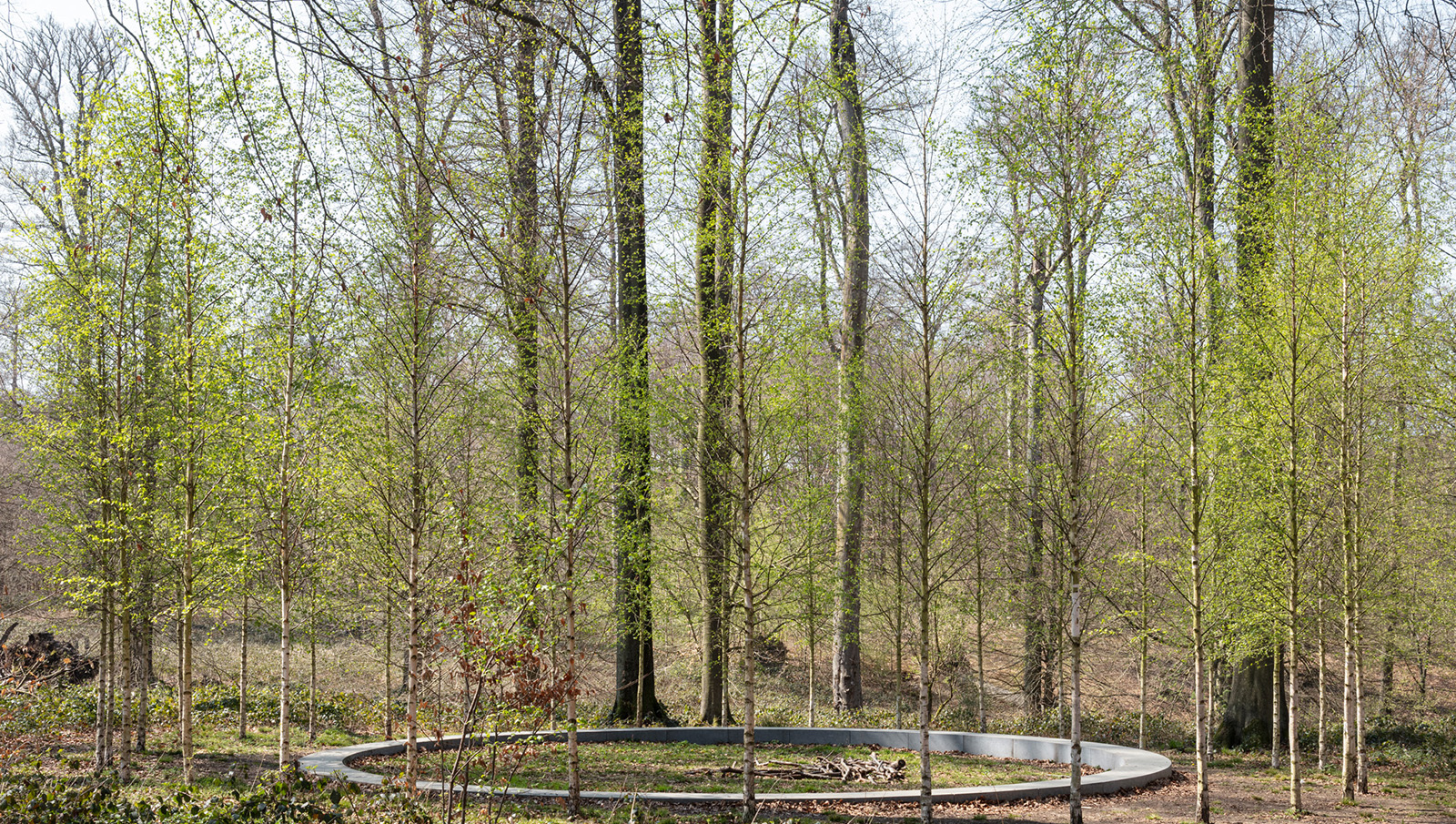
Landscape architect Bas Smets is currently collaborating on a book with Emanuele Coccia, a lecturer at the French research institute EHESS. The Italian-born philosopher’s work centres on ideas of landscape and our connection to nature; his own 2018 book, The Life of Plants: A Metaphysics of Mixture, was innovative in talking about the fundamental role of flora in our relationship with the world.
We met with Smets and Coccia to discuss landscape, its meaning and potential.
Emanuele Coccia and Bas Smets discuss
Wallpaper*: How did you two meet?
Bas Smets: I was in [artist] Philippe Parreno’s studio in Paris, and he told me, ‘You really have to read this book, The Life of Plants.’ I invited Emanuele to be in conversation at the Palais de Chaillot in Paris, where we had an exhibition in 2018. [Before the event] I took his book to the Boboli Gardens in Florence, and I had an afternoon to myself, underlining passages from it to form questions for our conversation.
Emanuele Coccia: That was the first time we actually met, but it is important to say that we also saw each other in a bar later, and then had dinner and a longer conversation. But we met because of Philippe, who is a very close friend of both of us.
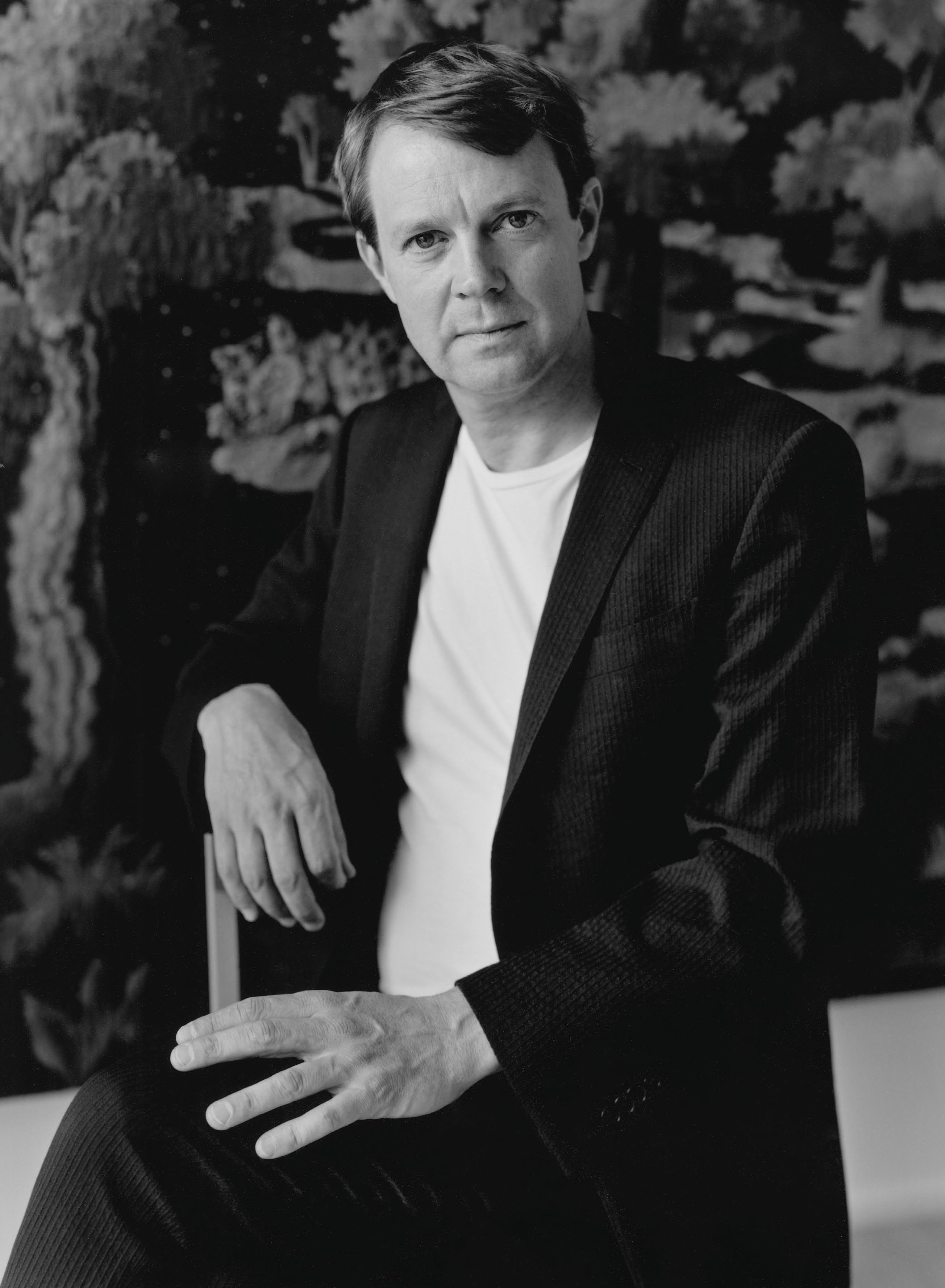
Bas Smets
W* Emanuele, can you explain about your connection to landscape?
EC: When I was young, I had agricultural training, which led me to work a lot with topics around ecology and biology. As a child, I wished I could become an architect, but I knew I couldn’t draw. So if you put together those two elements, you arrive at landscape architecture. I quickly realised, when I started to study ecology, that the word ‘ecologist’ should be replaced by ‘landscape architect’, because what we need is new landscape architecture and not just ecology. One of the biggest problems with ecological thinking today is the separation of human and non-human. Whenever we encounter a problem in ecology, we think the solution is to leave non-humans alone. What we have to do is form a good relationship with the rest of the species.
Receive our daily digest of inspiration, escapism and design stories from around the world direct to your inbox.
W*: So it’s about symbiosis?
EC: Not just symbiosis. It’s also about forming space for us to live together. This is a good definition of landscape. Ecology often thinks of the relationship between humans and non-humans in terms of allotment gardens: everyone must have their own space and stay where they are, otherwise they become an invasive species. Landscape architecture, on the other hand, is the discipline that manages to find a way for as many species as possible to coexist in a single territory. There are very few practitioners who are aware of that, and Bas is one of them, which is why we immediately connected.
BS: I agree. I got into landscaping as I have always asked the philosophical question: how to live on this planet? We have all these life forms, how do we share this planet? Landscaping for me is not decorative. It’s a systemic question. [French philosopher] Alain Roger wrote, ‘land becomes a landscape’. Landscape is an act of organising natural elements. It is linked to actions that change the biosphere in which we live. Ultimately, it is about biospheric thinking.
A post shared by Emanuele Coccia (@unicamens)
A photo posted by on
W*: It sounds like the definition of landscape has changed over time.
BS: We live in a time of crisis. Biospheric thinking is using landscape projects to make climates, understand climates and organise microclimates, to find solutions to climate challenges. Landscape has come a long way from garden design. Hopefully, it helps us make cities more resilient to climate change.
EC: Still, there is an embarrassingly low bar on our understanding of landscape, in comparison to architecture, where we have produced a huge amount of theoretical thinking over time. Very few landscape architects are writing; Bas is one of them. As a result, the canon is incredibly biased and limited. There are no publications talking about exciting landscape projects happening in different parts of the world. Schools need to make landscape architecture a bigger discipline. This is a huge cultural tragedy. It is a problem of training and a lack of awareness.
‘Landscape architecture is the queen of science because it helps us to consider nature as one of the biggest forms of art on the planet’
Emanuele Coccia
BS: Emanuele and I often say we need to start a publishing house for landscape architecture books. I started teaching at Harvard three years ago. Landscape architecture is a difficult thing to teach; you need a basic knowledge of many things, such as pedology, geology, ecology, hydrology, meteorology and architecture. It is not a field you can learn in five years. Working with living material is incredibly complex; you need experience and to develop intuition. Another thing is that landscape architecture has been neglected for many years by both architects and artists. So it’s not only difficult to become a good landscape architect, but you are also not looked at in the right way. What we can do is territorial transformation, like [in designing the Luma Foundation’s Parc des Ateliers] in Arles, where we made profound changes with the help of plants. Plants are our agents.
EC: Even from a legal point of view, it implies a change in the way we do contracts, as with landscape architecture, when the building project ends is when the landscape one begins. It can last up to ten or 20 years.
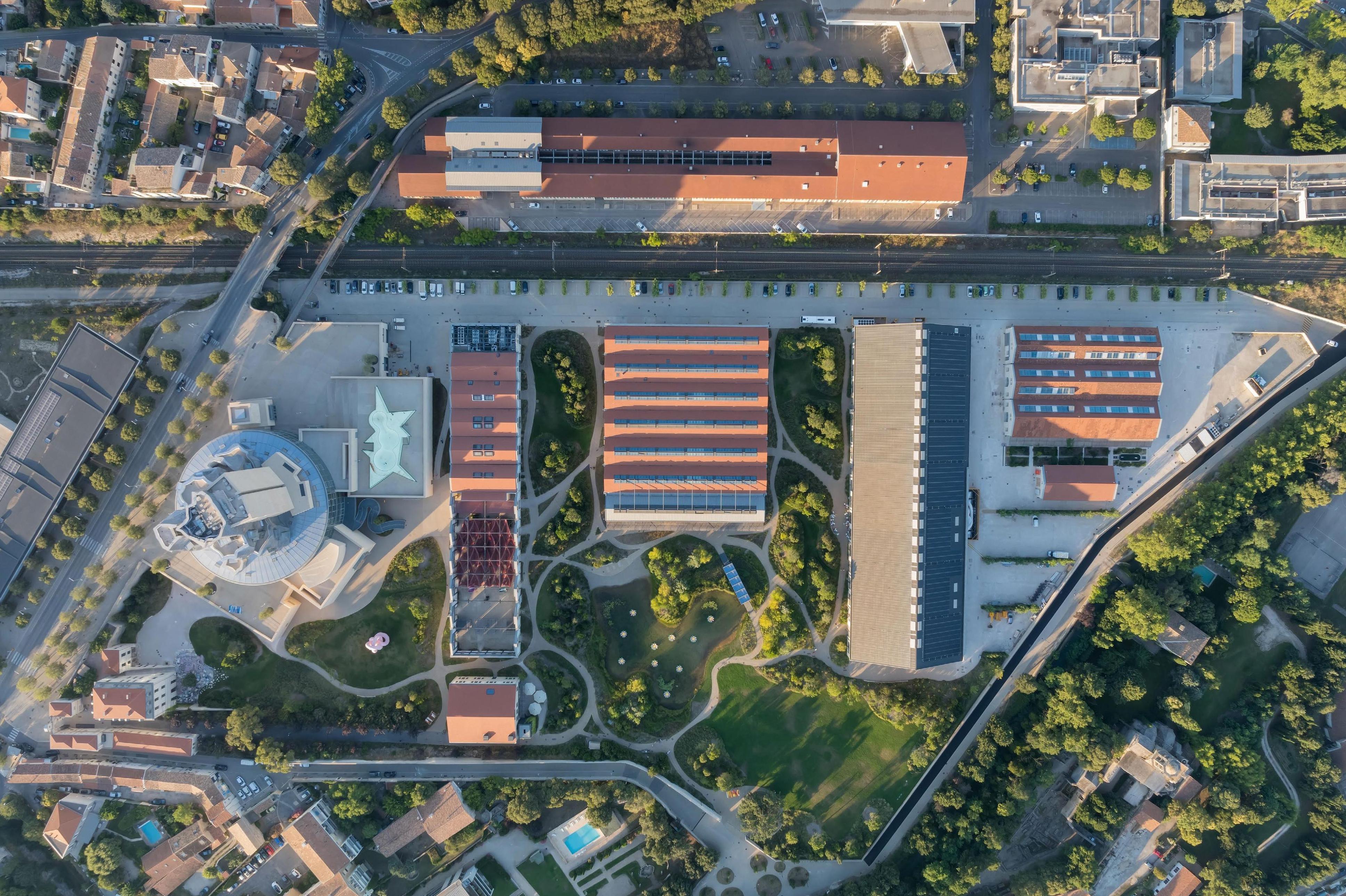
Parc des Atelier in Arles, by Bureau Bas Smets
BS: There is this interesting theory that landscaping changed its status after the Second World War. Before the war, the modernist movement considered landscape an essential part of its social programme and valued the importance of being outside. After the war, with the necessity to build a large amount of housing in a very short time, suddenly all the attention went to building, and landscaping became an afterthought. That is not too long ago.
EC: The problem is that now, having a roof over your head is not enough. Cities today are dying because they were not built in a way that frames the entire landscape, but only think about the human elements. We need to rewrite the theory of the city and transform it into a theory of the new planet. Every city must become a kind of interspecies magnet, a place where the entire planet conspires to breathe better. It is a task that landscape architecture should take on.
BS: I think landscape architecture is, by definition, a collective intelligence. It’s biospheric science, everything is linked.
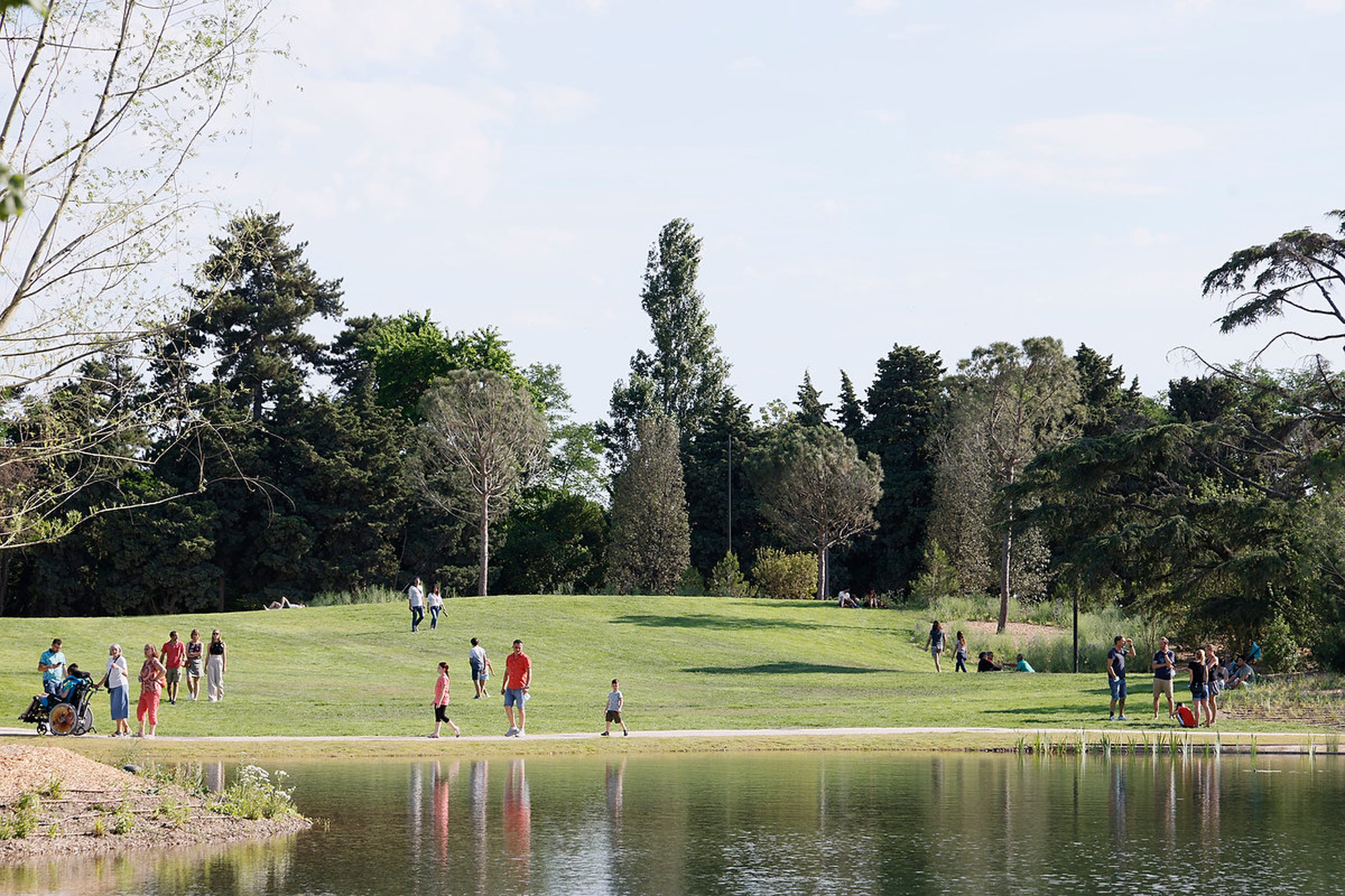
Arles, Parc des Ateliers
W*: Landscape is linked to the climate crisis, wellness and a sense of place. What is the most urgent problem for landscape architects to tackle for the future?
BS: With my students, I don’t ask them to find an answer to something; I ask them to pose a question. We present a city and ask them, ‘What is the most urgent thing to do?’ This way, they learn to define the problem before formulating a response.
EC: As most of us live in cities, we need to rethink them. We need to invent forms and structures that allow nature to live within a city. And we need to look at landscape architecture as an artistic space. Landscape architecture is the queen of science because it helps us to consider nature as one of the biggest forms of art on the planet.
W*: Does this reframing include some way of ‘healing’ nature and our planet?
BS: Landscaping is not about repair. We are part of a larger ecosystem, and instead of trying to impose ourselves on it, we need to figure out how to live with it differently. It is about understanding its systemic value. For example, we transformed a former desert [the park in Arles] into an incredible space where lots of species now thrive.
‘Landscape architecture is, by definition, a collective intelligence. It’s biospheric science; everything is linked’
Emanuele Coccia
W*: Is it an equal relationship between humans and other living things? We can manipulate the environment, but then we also have climate change, nature’s reaction. Where does the landscape architect’s responsibility lie in terms of managing this relationship?
EC: I am just a scholar, but I would say that we have to avoid formulating the question in purely moral terms because this way we are giving too much power to humanity, who don’t have this power, and we’re turning problems into a question of guilt and merit. For example, we know now that the Amazonian rainforest has been inhabited by many populations and has been largely shaped by these populations. Unlike what we used to think, this is an urban artefact, including lots of settlements. They didn’t ask themselves what their responsibilities were, but they created a space that’s more biodiverse than it was before, the most biodiverse on the planet. That is the power of landscape architecture, and we need to study it.
BS: It’s like being a caretaker. As Buckminster Fuller said, we are on the planet Spaceship Earth. It’s about making things better, and current conditions are never final.
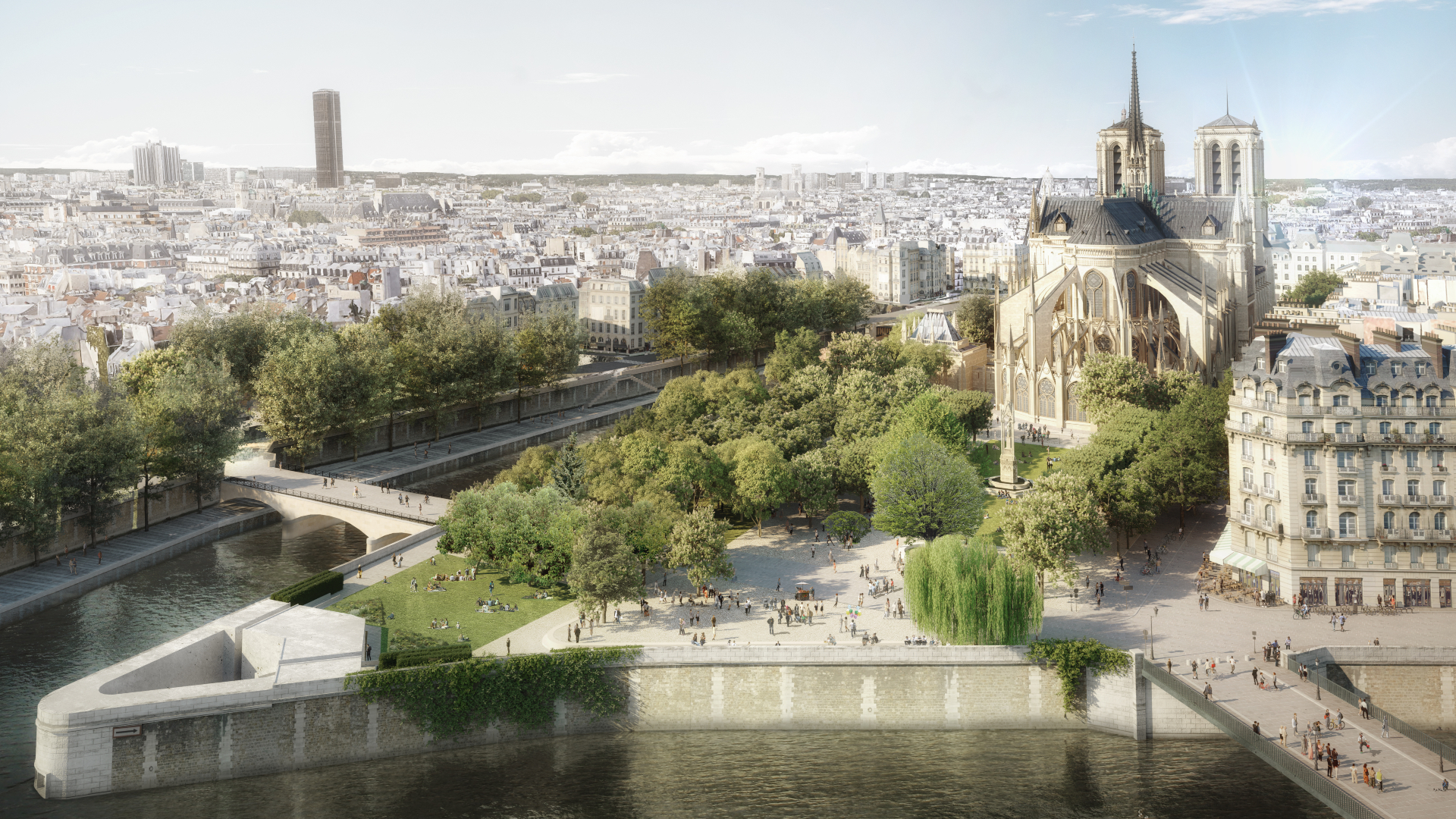
Visualisation of Bas Smets' landscaping for Notre-Dame in Paris
W*: Is there something that makes you feel optimistic about the future in the field?
EC: That there are people like Bas, new figures, and intellectuals in landscape architecture is fantastic. This didn’t exist 40 or 50 years ago. They are reshaping the discipline.
BS: For me, it’s projects like Arles: the moment you bring back a systemic approach, when you bring back soil, water, plants and are reenacting the appearance of life on earth. We brought water, then plants, and now animal life is coming back by itself. We tried to make calculations, of course, but we never expected wildlife would come back so fast and so furiously. We have 55 new species of birds, 20 of which are nesting here. The moment you tap into the life force, the regeneration is much faster than anything we could ever make as a human species. It is a clear sign of hope.
Find out more about Bas Smets in our profile, and meet some of the world's most exciting landscape architects in the Wallpaper* Landscape Architects’ Directory 2025
This article appears in the October 2025 Issue of Wallpaper*, available in print on newsstands, on the Wallpaper* app on Apple iOS, and to subscribers of Apple News +. Subscribe to Wallpaper* today
Ellie Stathaki is the Architecture & Environment Director at Wallpaper*. She trained as an architect at the Aristotle University of Thessaloniki in Greece and studied architectural history at the Bartlett in London. Now an established journalist, she has been a member of the Wallpaper* team since 2006, visiting buildings across the globe and interviewing leading architects such as Tadao Ando and Rem Koolhaas. Ellie has also taken part in judging panels, moderated events, curated shows and contributed in books, such as The Contemporary House (Thames & Hudson, 2018), Glenn Sestig Architecture Diary (2020) and House London (2022).
-
 Aesthetics and acoustics come together in the Braque speakers from Nocs Design
Aesthetics and acoustics come together in the Braque speakers from Nocs DesignThe Braque speakers bring the art of noise, sitting atop a brushed steel cube that wouldn’t look out of place in a contemporary gallery
-
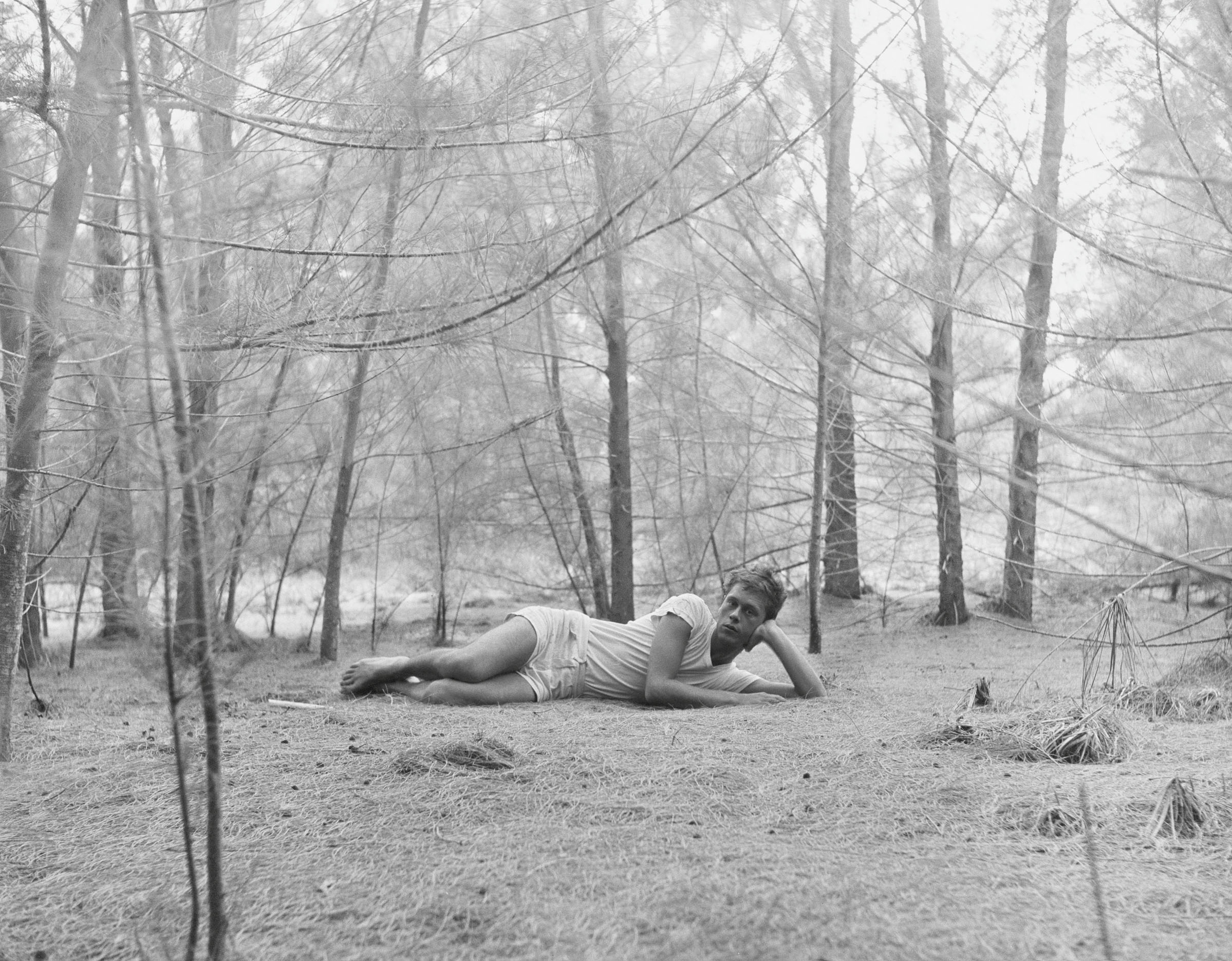 Inside the seductive and mischievous relationship between Paul Thek and Peter Hujar
Inside the seductive and mischievous relationship between Paul Thek and Peter HujarUntil now, little has been known about the deep friendship between artist Thek and photographer Hujar, something set to change with the release of their previously unpublished letters and photographs
-
 In addition to brutalist buildings, Alison Smithson designed some of the most creative Christmas cards we've seen
In addition to brutalist buildings, Alison Smithson designed some of the most creative Christmas cards we've seenThe architect’s collection of season’s greetings is on show at the Roca London Gallery, just in time for the holidays
-
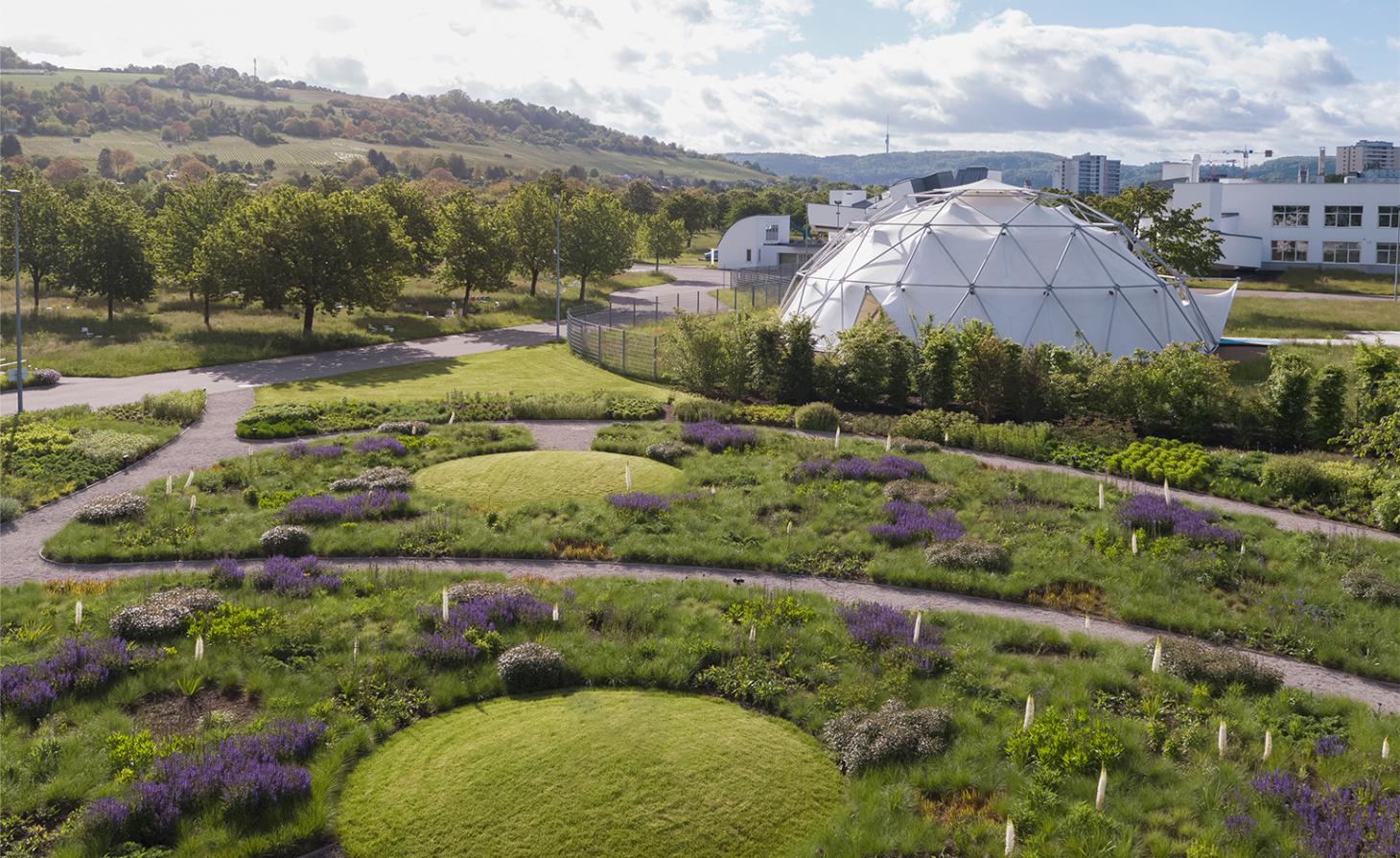 Piet Oudolf is the world’s meadow-garden master: tour his most soul-soothing outdoor spaces
Piet Oudolf is the world’s meadow-garden master: tour his most soul-soothing outdoor spacesPiet Oudolf is one of the most impactful contemporary masters of landscape and garden design; explore our ultimate guide to his work
-
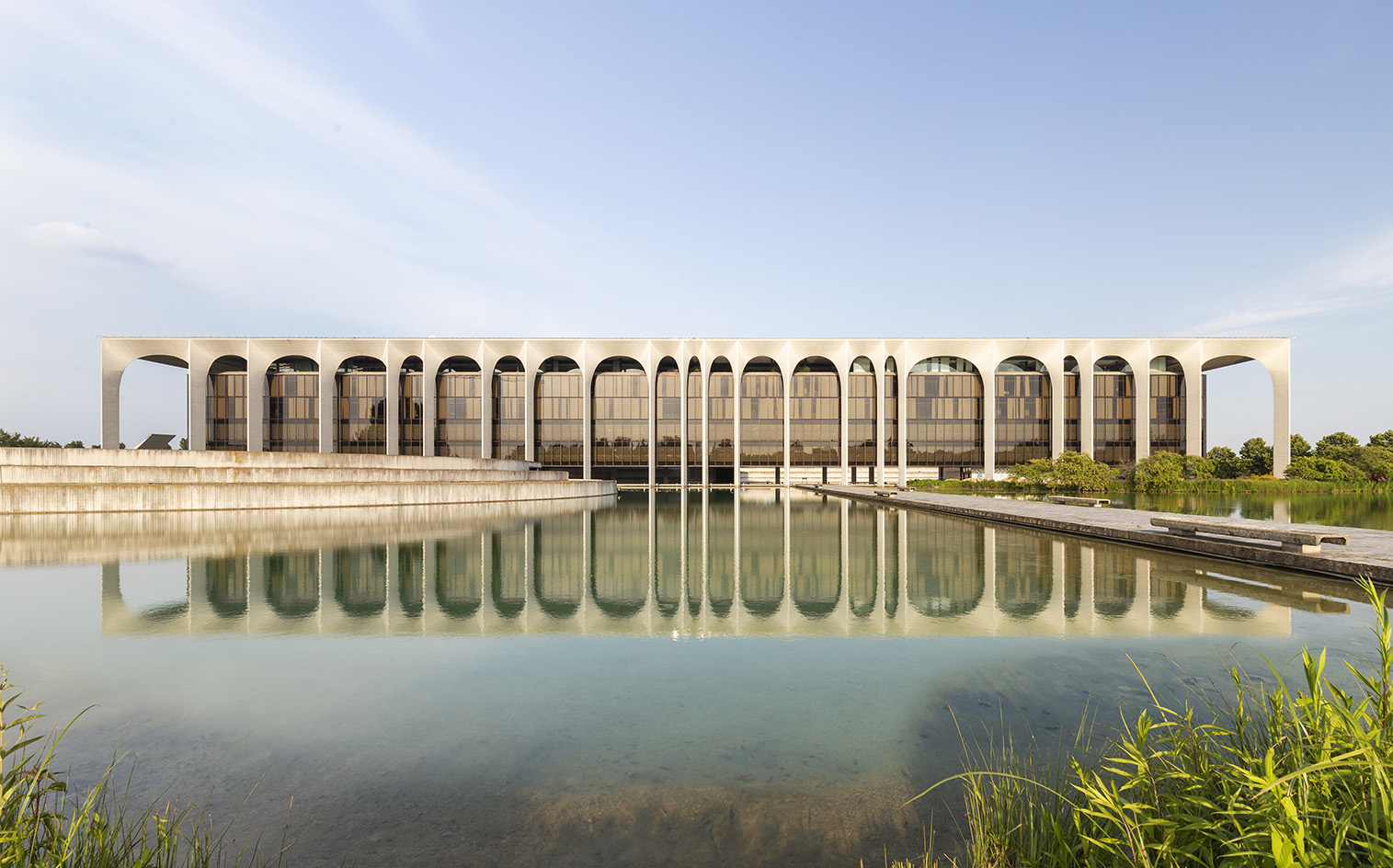 Modernist Palazzo Mondadori’s workspace gets a playful Carlo Ratti refresh
Modernist Palazzo Mondadori’s workspace gets a playful Carlo Ratti refreshArchitect Carlo Ratti reimagines the offices in Palazzo Mondadori, the seminal work by Brazilian master Oscar Niemeyer in Milan
-
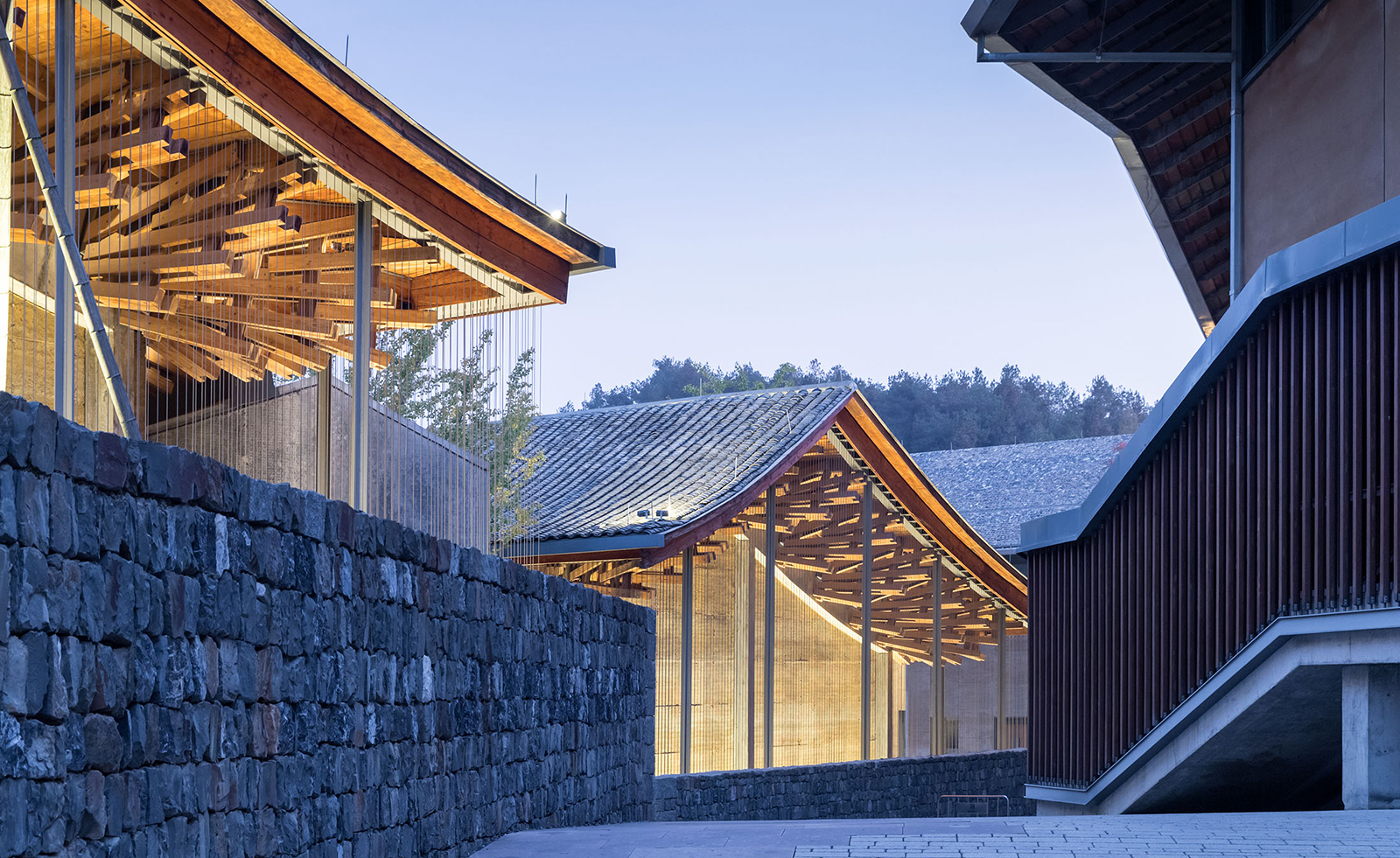 Wang Shu and Lu Wenyu to curate the 2027 Venice Architecture Biennale
Wang Shu and Lu Wenyu to curate the 2027 Venice Architecture BiennaleChinese architects Wang Shu and Lu Wenyu have been revealed as the curators of the 2027 Venice Architecture Biennale
-
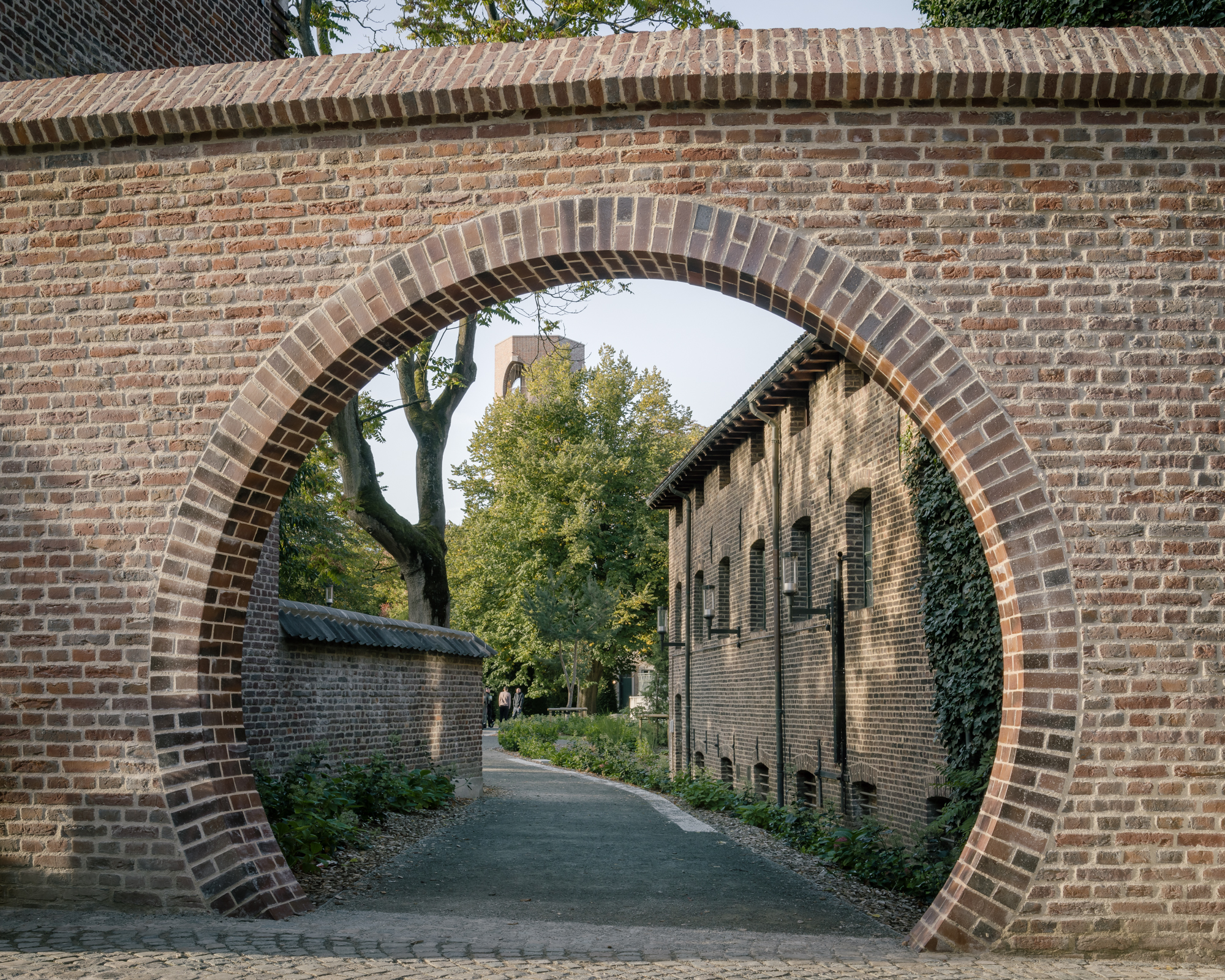 How a former women’s community in Belgium became a model for adaptive reuse
How a former women’s community in Belgium became a model for adaptive reuseA Hasselt beguinage, transformed to the 21st century through smart adaptive reuse by London-based architect David Kohn and Antwerp's Dirk Somers, makes for a fitting home for the city's Interior Architecture university programme
-
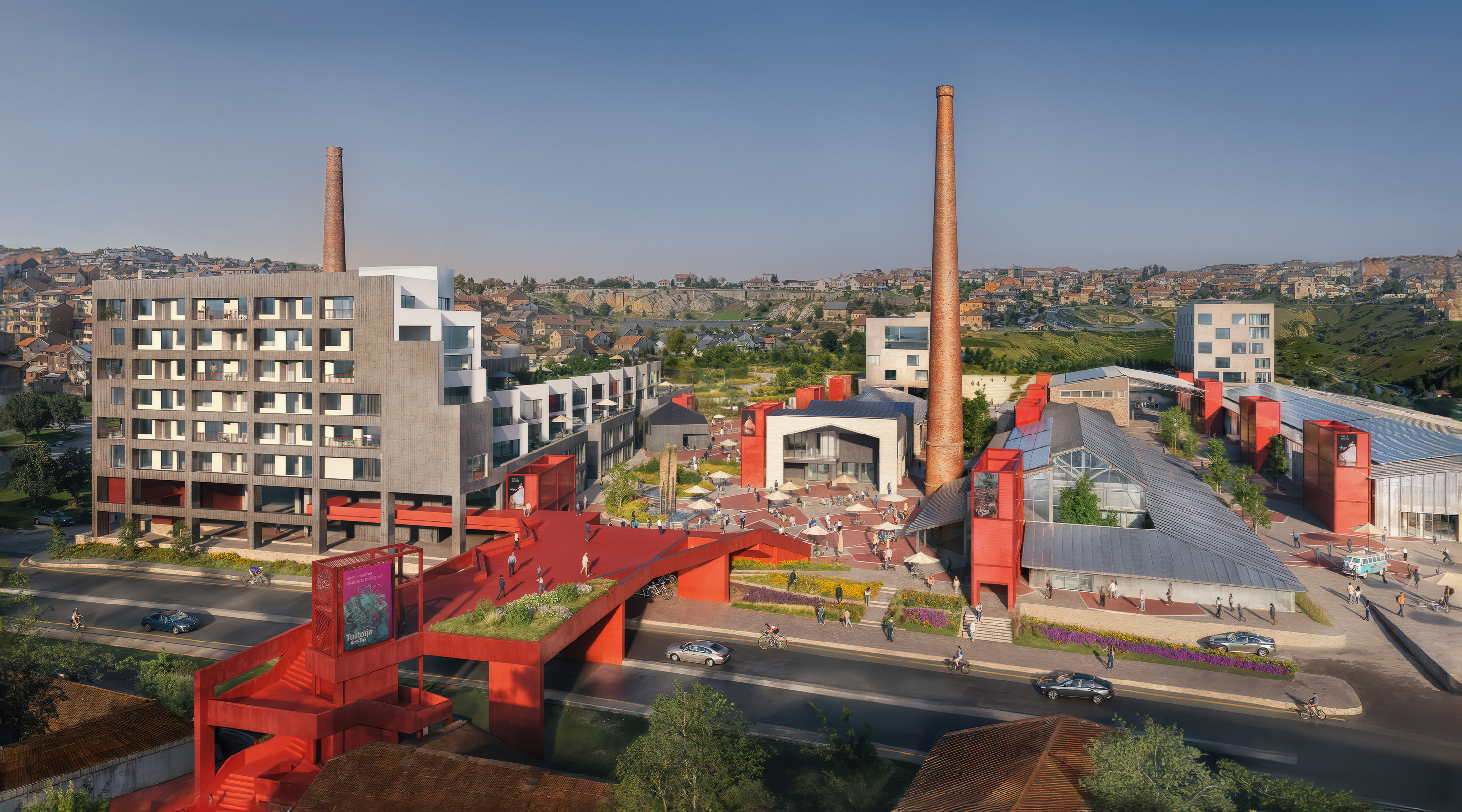 At the Holcim Foundation Forum and its Grand Prizes, sustainability is both urgent and hopeful
At the Holcim Foundation Forum and its Grand Prizes, sustainability is both urgent and hopefulThe Holcim Foundation Forum just took place in Venice, culminating in the announcement of the organisation's Grand Prizes, the projects especially honoured among 20 previously announced winning designs
-
 Carlo Ratti reflects on his bold Venice Architecture Biennale as it closes this weekend
Carlo Ratti reflects on his bold Venice Architecture Biennale as it closes this weekendThe Venice Architecture Biennale opens with excitement and fanfare every two years; as the 2025 edition draws to a close, we take stock with its curator Carlo Ratti and ask him, what next?
-
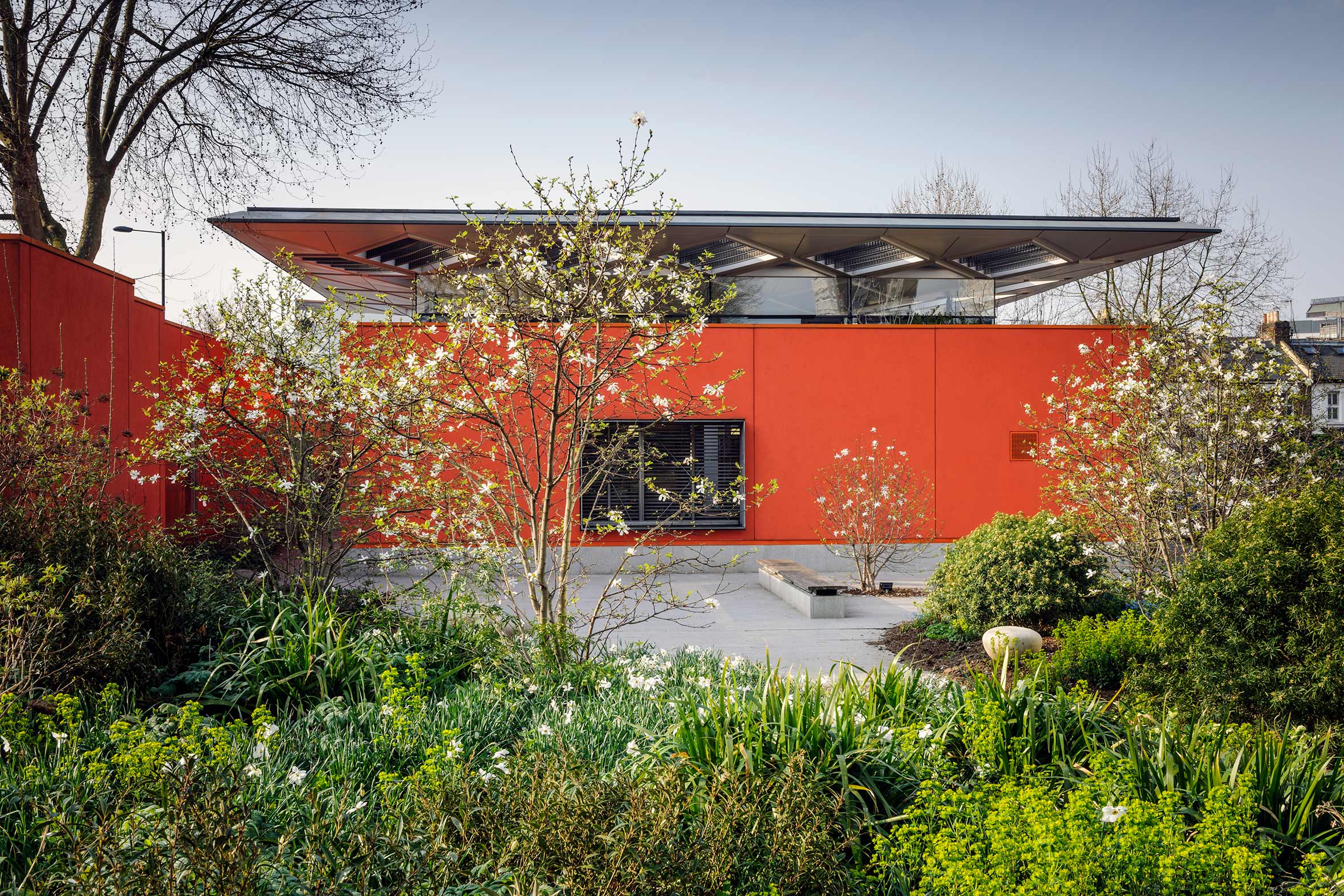 How Maggie’s is redefining cancer care through gardens designed for healing, soothing and liberating
How Maggie’s is redefining cancer care through gardens designed for healing, soothing and liberatingCancer support charity Maggie’s has worked with some of garden design’s most celebrated figures; as it turns 30 next year, advancing upon its goal of ‘30 centres by 30’, we look at the integral role Maggie’s gardens play in nurturing and supporting its users
-
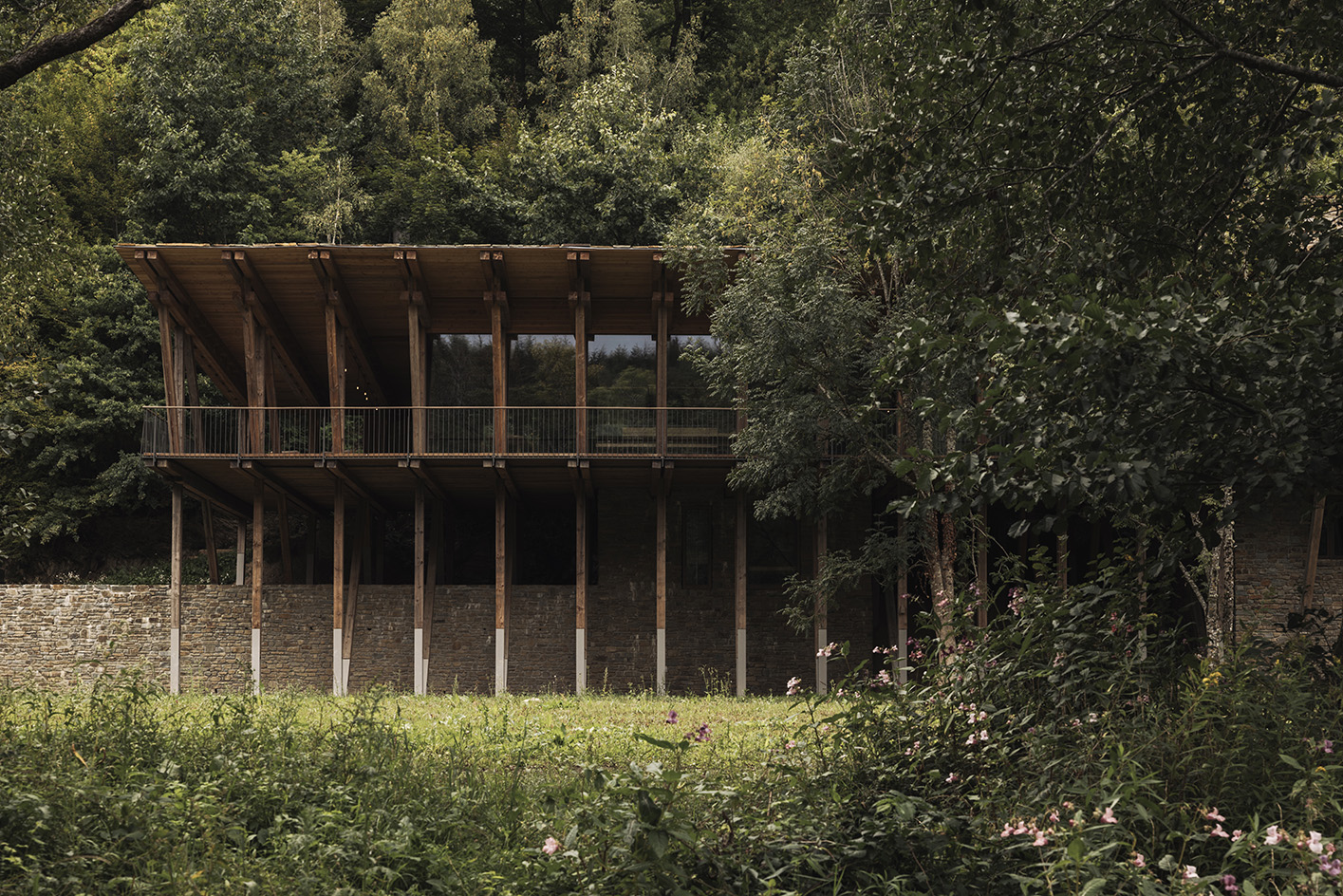 Woodstock House reinterprets modernist legacy through 21st-century sustainability
Woodstock House reinterprets modernist legacy through 21st-century sustainabilityLocally sourced materials and high design ambition merge in the newest residential work by Belgium’s BC Architects & Studies & Materials